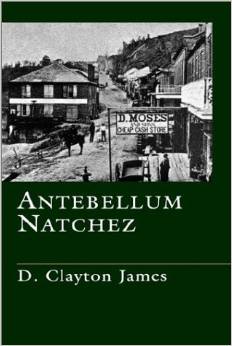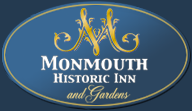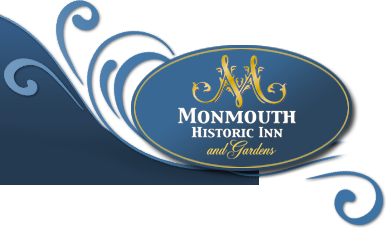The Nabobs of Natchez
Searching for interesting information on Natchez, Monmouth, and General Quitman, I ran across the book Antebellum Natchez, by D. Clayton James. Below is a snippet from this interesting book. If you'd like to learn more about Natchez and this time in our history, be sure to come visit us and tour Monmouth and any number of other mansions around town. Also, we carry Mr. James' book, Antebellum Natchez, in our Gift Shop for $23.95. Antebellum Natchez recounts the role Natchez and some of its most distinguished citizens (such as our very own General Quitman) played in the lower Mississippi Valley's colonial affairs and the growth of the Old Southwest. Until next time, I wish you a good read and happy travels!

Chapter VI: Introducing the Nabobs
The term “Nabob,” which has come to mean “man of great wealth,” more aptly describes the type of aristocrat bred at Natchez than any other word. The town’s privileged class was separated from the masses primarily by distinctions of property and economic power. Very few of the aristocrats could claim their privileged status of gentility on grounds of birth, local or elsewhere. Nor could they claim it on a political or cultural basis. The aristocracy’s political dominance has been shown to be largely illusory, but its economic pre-eminence is no myth.
The town nabobery consisted of about forty families whose men were prominent in agricultural, professional, and commercial vocations. Although most of the landed gentry lived on their country estates in Adams County, some planters with large holdings preferred to live in Natchez where the pleasures of high society were more readily accessible. There they joined the large merchants and established professional men to form a small, close-knit aristocratic clique. The three groups were economically interdependent. Affluent merchants and professionals often owned extensive cotton acreage, sometimes acquired to settle agrarian debts owed them. In turn, the planter dealt frequently with men who shipped his cotton, defended his land titles, treated his slaves, and lent him money for more lands, slaves, and cotton. The groups were also socially related, enjoying the same lavish parties and balls to the exclusion of the rest of the town’s society but often including the county gentry. Some men of wealth lived in both town and country.









